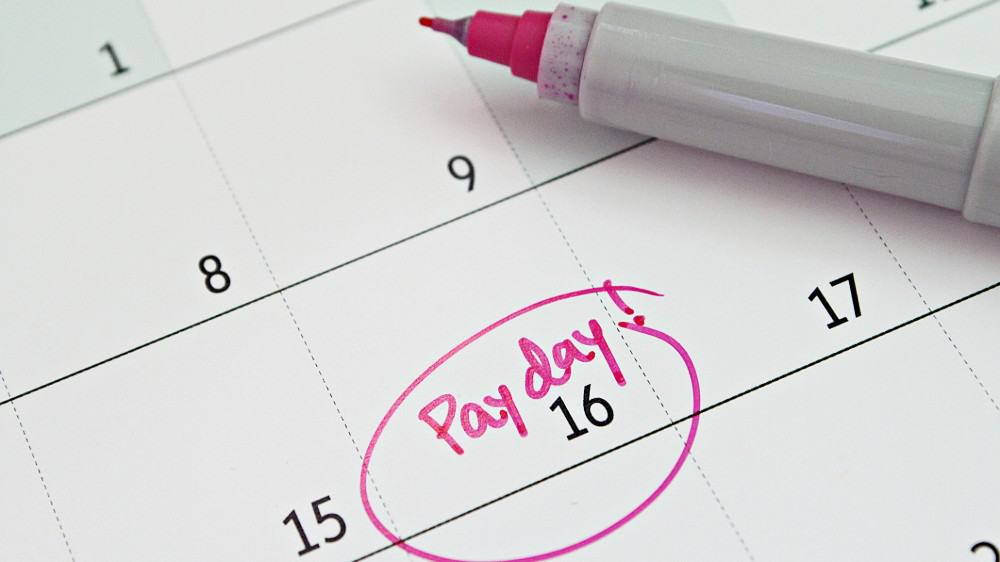For a subset of investors, the adage of “growth at all costs” doesn’t quite resonate. Instead, their sights are set on a different investment horizon, one marked by a steady, modest, but importantly, sustainable passive-income stream.
The allure of consistent monthly income, especially in an unpredictable market, can be comforting and can complement various financial strategies, from retirement planning to supplementing one’s regular income.
But the pathway to this consistent income isn’t always straightforward. Should one delve into the bond market, with its relative stability but potentially lower yields?
Maybe opt for real estate investment trusts (REITs), which offer exposure to real estate and its inherent potential for both rental income and growth. Or perhaps the traditional avenue of dividend-paying stocks beckons?
However, I’d like to introduce an alternative, one that has the potential to produce even higher monthly income: the covered call exchange-traded fund (ETF).
Let’s look at how these ETFs function and precisely how much you’ll need to invest to achieve that coveted $500 monthly dividend.
What is a covered call ETF?
A covered call ETF is a special kind of investment fund that merges the world of stock ownership with a strategy called “covered calls.” To understand how this works, let’s simplify the concept step by step.
Imagine you own a collection of stocks through an ETF. This ETF works like a basket, holding multiple stocks, allowing you to diversify your investment rather than putting all your money into one stock.
Now, here’s where the “covered call” part comes in. Instead of just owning these stocks and hoping they go up in value, the managers of this ETF sell the right (but not the obligation) for someone else to buy some of those stocks at a fixed price in the future. This is called writing a “call option.”
In exchange for giving someone else this potential future buying right, the ETF receives money called a “premium.” This is where the immediate cash benefit shines. Instead of waiting and hoping the stock’s value will rise over time, the ETF converts some of that potential upside into cash right now.
The key takeaway: a covered call ETF can provide immediate cash (from the premiums), even if the stocks inside the ETF don’t move much in price. The trade-off? If the stocks surge in value, the ETF might miss out on some of that growth because they’ve essentially “sold” some of the upside potential.
How much to invest to get $500 a month
For this example, I’ll rely on one of the most popular covered call ETFs in Canada: BMO Canadian High Dividend Covered Call ETF (TSX:ZWC).
This ETF combines a portfolio of high-dividend, Canadian stocks along with a covered call strategy to produce a current annualized distribution yield of 8.21%. Unlike dividend stocks, ZWC also pays monthly.
To create around $500 every month in passive investment income from ZWC, an investor would have to invest $71,467.95, assuming the current monthly payout remains consistent moving forward. Here’s the math:
| COMPANY | RECENT PRICE | NUMBER OF SHARES | DIVIDEND | TOTAL PAYOUT | FREQUENCY |
| ZWC | $15.69 | 4,555 | $0.11 | $501.05 | Monthly |
Please note that we at the Fool prefer a more diversified portfolio and don’t recommend putting such a large sum into only one stock. Instead, we suggest you mix and match a diverse group of dividend-paying stocks to achieve your target yield.








